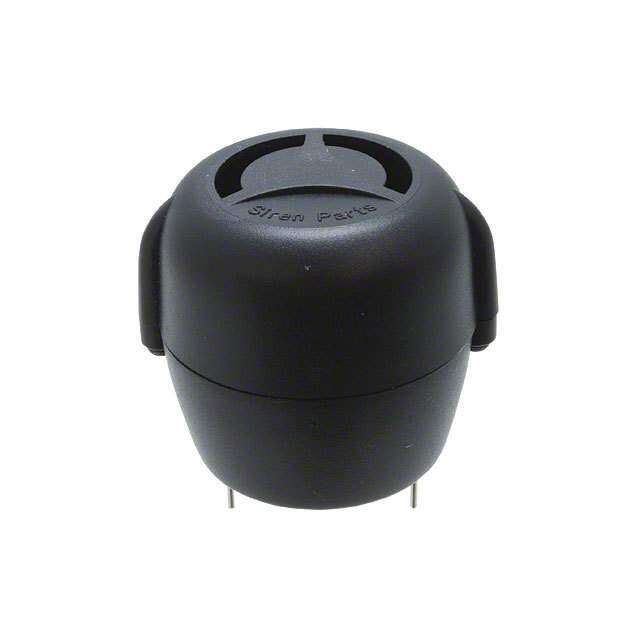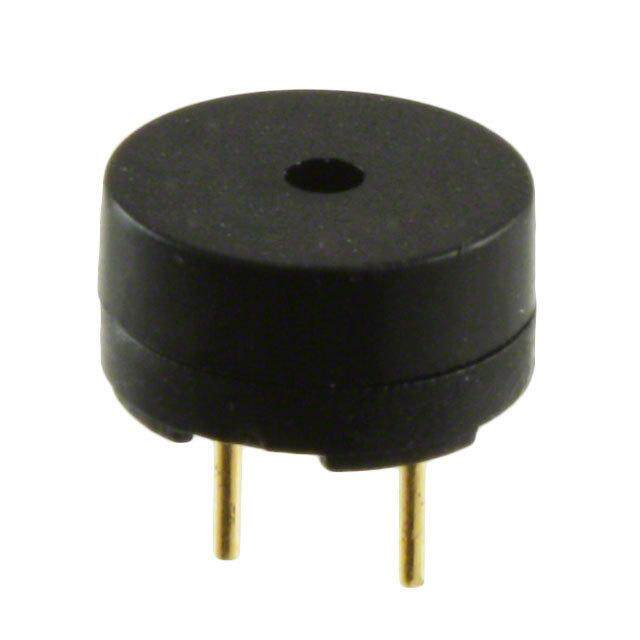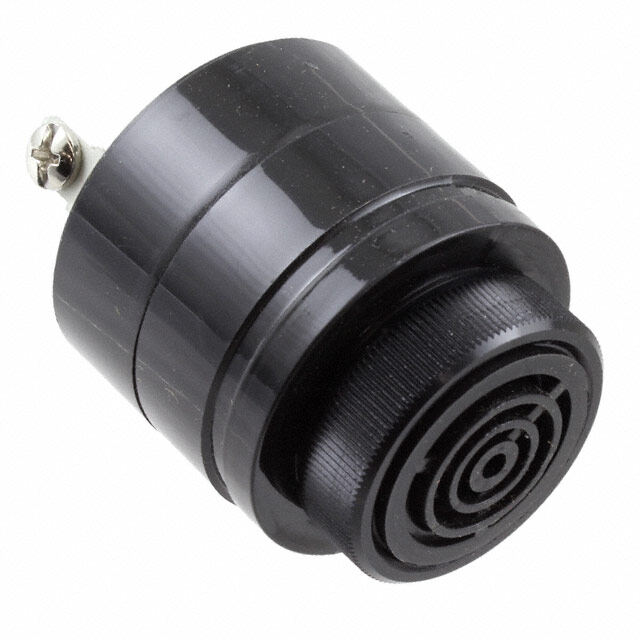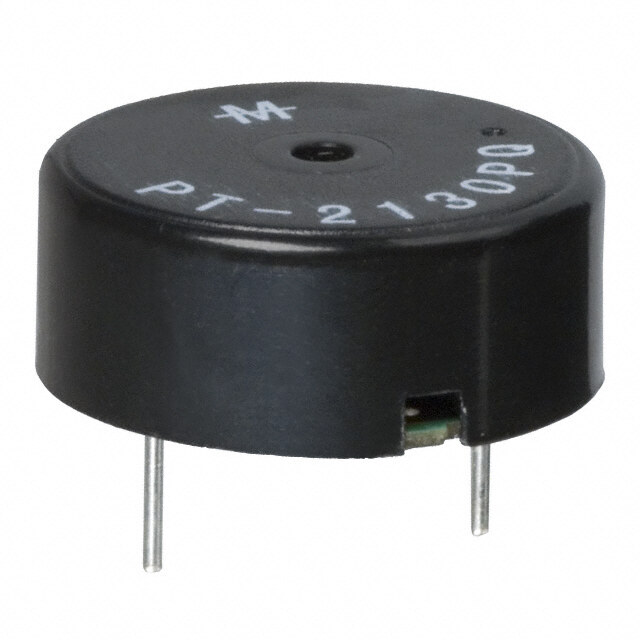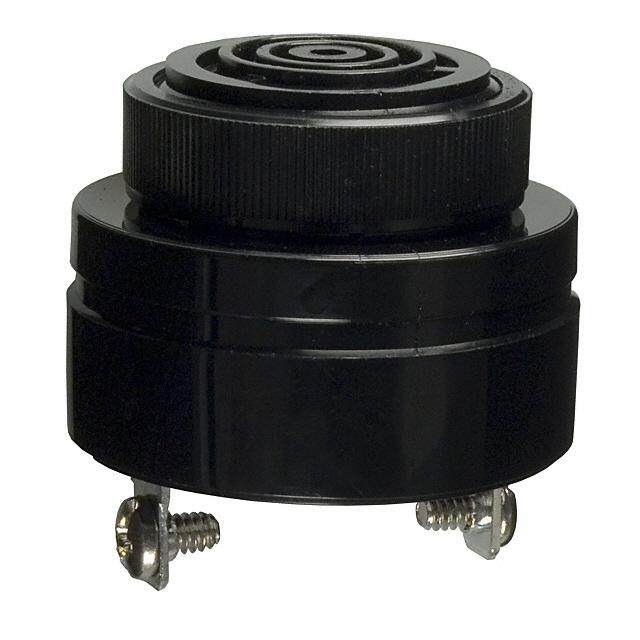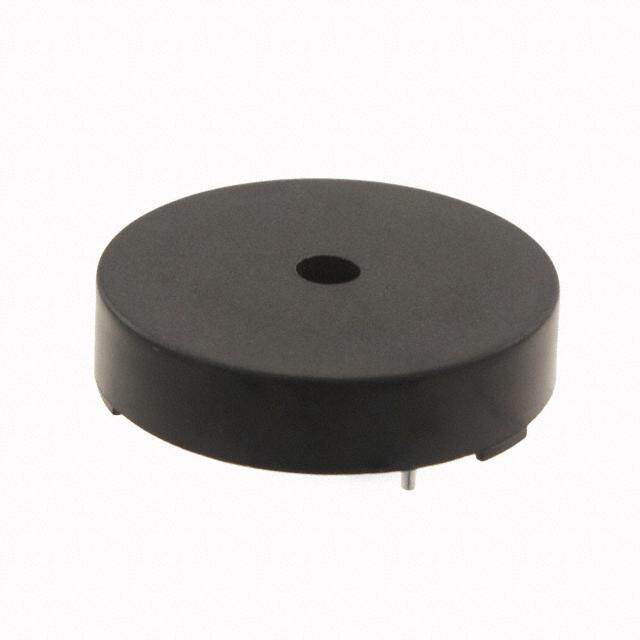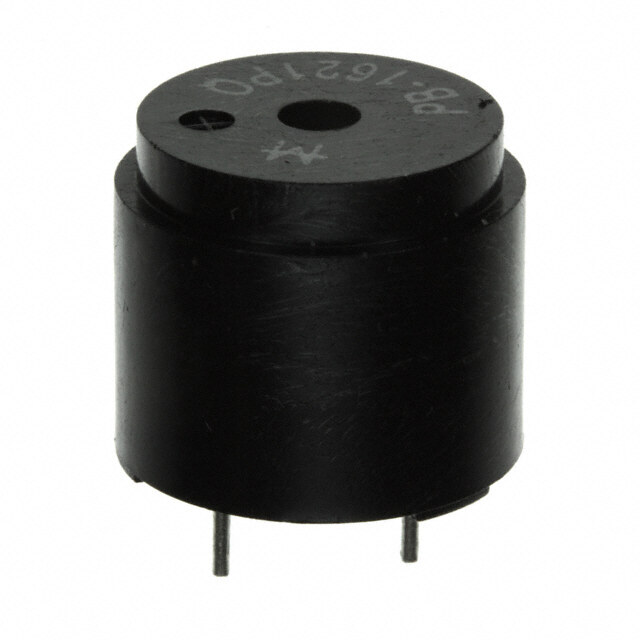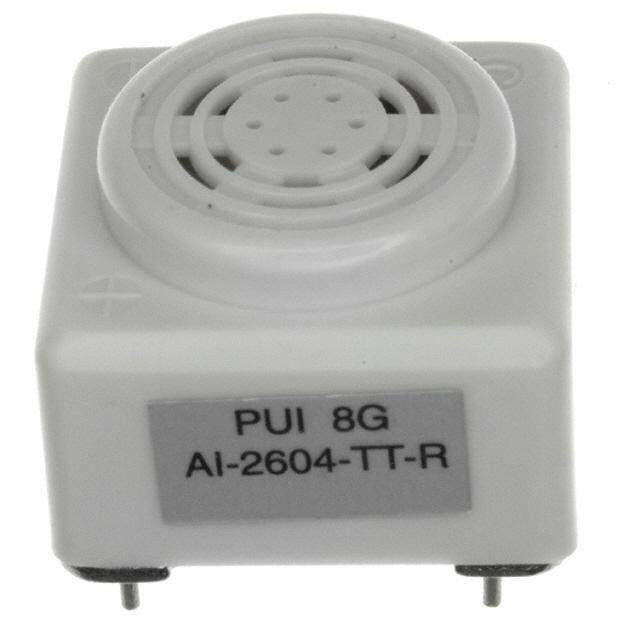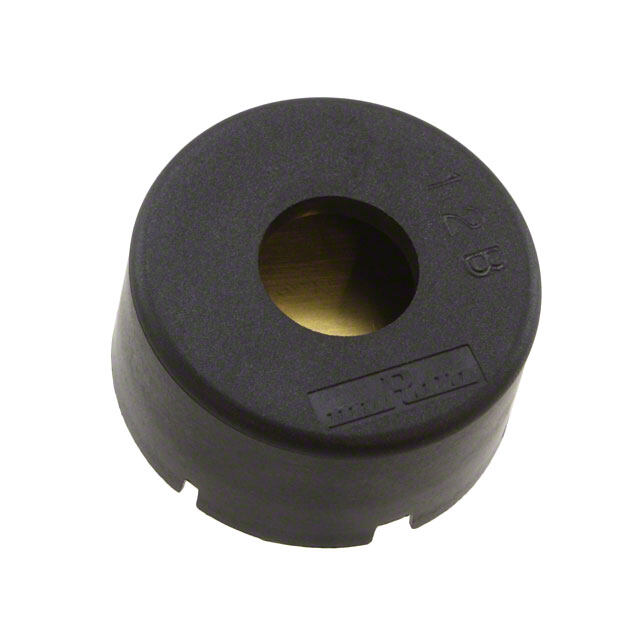ICGOO在线商城 > 音频产品 > 警报器,蜂鸣器,警笛 > ZA028LDCT
- 型号: ZA028LDCT
- 制造商: MALLORY
- 库位|库存: xxxx|xxxx
- 要求:
| 数量阶梯 | 香港交货 | 国内含税 |
| +xxxx | $xxxx | ¥xxxx |
查看当月历史价格
查看今年历史价格
ZA028LDCT产品简介:
ICGOO电子元器件商城为您提供ZA028LDCT由MALLORY设计生产,在icgoo商城现货销售,并且可以通过原厂、代理商等渠道进行代购。 ZA028LDCT价格参考¥170.73-¥201.07。MALLORYZA028LDCT封装/规格:警报器,蜂鸣器,警笛, 压电 蜂鸣器 指示灯,内部驱动 40mA 3.3kHz 85dB @ 16V,61cm 面板安装 端接块。您可以下载ZA028LDCT参考资料、Datasheet数据手册功能说明书,资料中有ZA028LDCT 详细功能的应用电路图电压和使用方法及教程。
Mallory Sonalert Products Inc.生产的ZA028LDCT型号警报器属于低频声学报警设备,主要应用场景包括以下几种: 1. 工业设备报警:用于工厂或生产线上,提示设备故障、运行异常或操作完成。其低频声音在嘈杂的工业环境中也能清晰传达。 2. 医疗设备警示:应用于医疗仪器中,如监护仪、呼吸机等,用于提醒医护人员患者状态变化或设备需要维护。 3. 家用安全系统:适用于家庭安防设备,如烟雾报警器、一氧化碳探测器或防盗报警器,提供低频警报以引起注意。 4. 车辆与交通设备:可用于公共交通工具(如公交车、火车)或特种车辆(如救护车、消防车)的内部报警系统,提示驾驶员或乘客特定情况。 5. 通信与网络设备:在网络路由器、服务器或其他通信设备中作为故障或状态变更的声光提示装置。 6. 电梯与自动门系统:用于电梯紧急呼叫按钮或自动门故障时发出警报声,确保人员安全。 7. 环境监控系统:在气象站或环境监测设备中,当检测到极端天气或污染超标时发出警告。 ZA028LDCT的特点是低频音调(约280-320Hz),声音穿透力强且不易被背景噪音掩盖,适合需要远距离传播或复杂声学环境的应用场合。此外,该型号支持直流电压供电,便于集成到各种电子系统中。
| 参数 | 数值 |
| 3D型号 | http://www.mallory-sonalert.com/images/3D/22mmIGS.ziphttp://www.mallory-sonalert.com/images/3D/22mmSTP.ziphttp://www.mallory-sonalert.com/images/3D/22mmSAT.zip |
| 产品目录 | |
| 描述 | BUZZER 16-28VDC 85-95DB PNL MNT音频指示器及警报器 22MM, 16-28VDC, ROHS, STK |
| 产品分类 | 蜂鸣器音频设备 |
| 品牌 | Mallory Sonalert Products Inc |
| 产品手册 | |
| 产品图片 |
|
| rohs | 符合RoHS无铅 / 符合限制有害物质指令(RoHS)规范要求 |
| 产品系列 | 音频指示器及警报器,Mallory Sonalert ZA028LDCTZA |
| mouser_ship_limit | 该产品可能需要其他文件才能进口到中国。 |
| 数据手册 | |
| 产品型号 | ZA028LDCT |
| 不同频率时的电容 | - |
| 产品 | Audible Signal Devices |
| 产品培训模块 | http://www.digikey.cn/PTM/IndividualPTM.page?site=cn&lang=zhs&ptm=30358 |
| 产品种类 | 音频指示器及警报器 |
| 其它名称 | 458-1187 |
| 包装 | 散装 |
| 可水洗 | 是 |
| 商标 | Mallory Sonalert |
| 声压级 | 85dB @ 16V,61cm |
| 大小/尺寸 | 圆形 - 33.70mm 直径 x 43.40mm 高 |
| 安装 | Panel |
| 安装类型 | 面板安装 |
| 尺寸 | 56.7 mm L |
| 工作模式 | 连续 |
| 工作温度 | -30°C ~ 50°C |
| 技术 | 压电 |
| 标准包装 | 1 |
| 特色产品 | http://www.digikey.com/product-highlights/cn/zh/mallory-sonalert-za-series-panel-alarm/1737 |
| 电压-额定 | - |
| 电压范围 | 16 ~ 28V |
| 电压额定值 | 16 VDC to 28 VDC |
| 电流-电源 | 40mA |
| 电流额定值 | 40 mA |
| 直径 | 30.7 mm |
| 端接 | 端接块 |
| 端接类型 | Terminal Block |
| 系列 | ZA |
| 输入类型 | DC |
| 长度 | 56.7 mm |
| 音调 | Continuous |
| 音频文件 | http://www.mallory-sonalert.com/sounds/database_sounds/3300CONT.wav |
| 频率 | 3.3kHz |
| 驱动器电路 | 指示灯,内部驱动 |

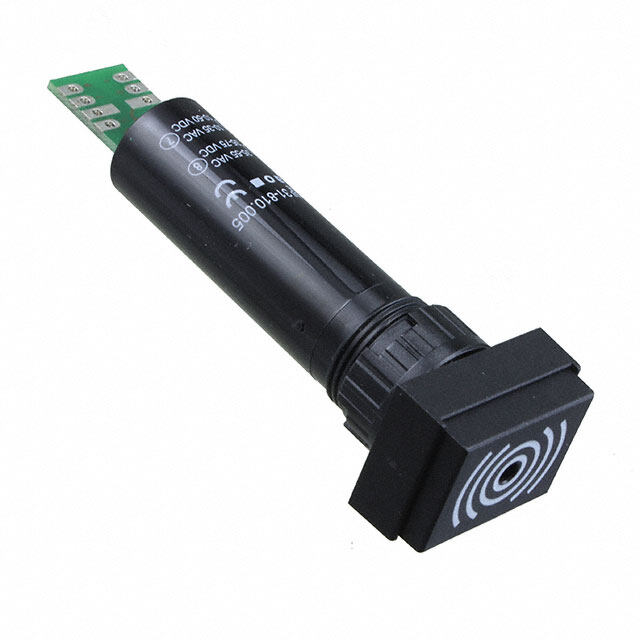
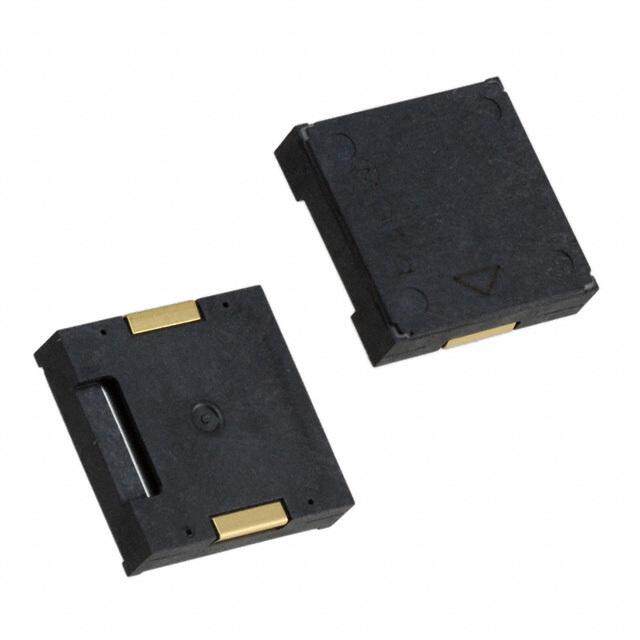
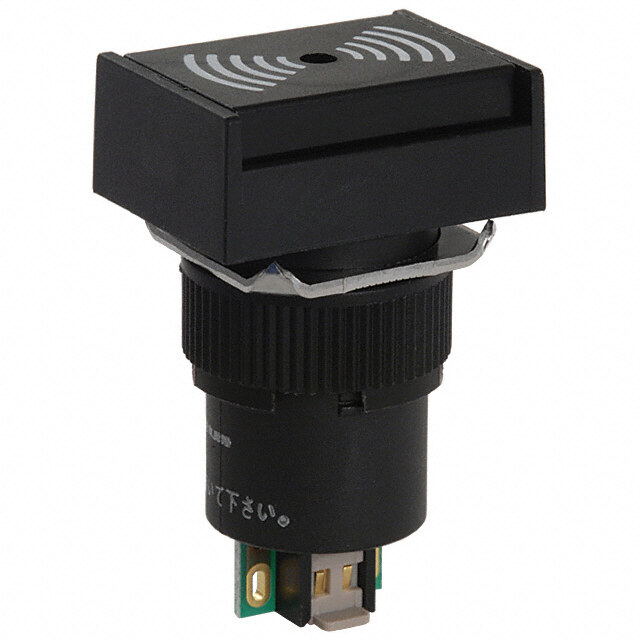
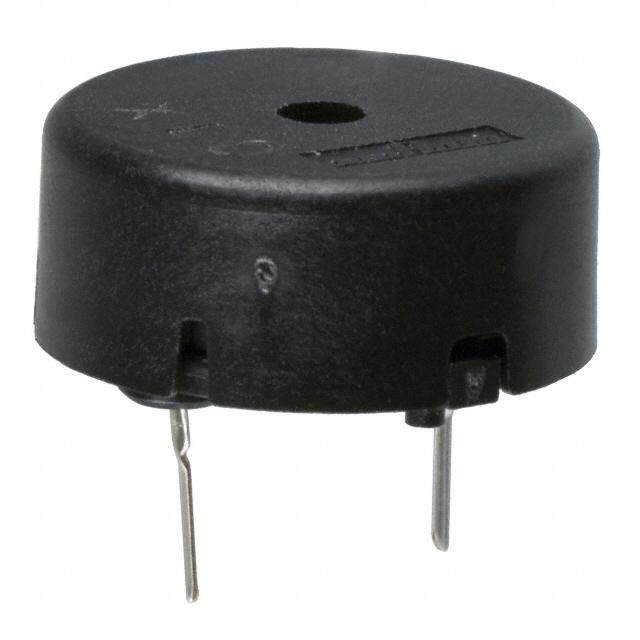

- 商务部:美国ITC正式对集成电路等产品启动337调查
- 曝三星4nm工艺存在良率问题 高通将骁龙8 Gen1或转产台积电
- 太阳诱电将投资9.5亿元在常州建新厂生产MLCC 预计2023年完工
- 英特尔发布欧洲新工厂建设计划 深化IDM 2.0 战略
- 台积电先进制程称霸业界 有大客户加持明年业绩稳了
- 达到5530亿美元!SIA预计今年全球半导体销售额将创下新高
- 英特尔拟将自动驾驶子公司Mobileye上市 估值或超500亿美元
- 三星加码芯片和SET,合并消费电子和移动部门,撤换高东真等 CEO
- 三星电子宣布重大人事变动 还合并消费电子和移动部门
- 海关总署:前11个月进口集成电路产品价值2.52万亿元 增长14.8%
PDF Datasheet 数据手册内容提取
Product Application Guide- 22mm Industrial Alarms with Terminal Block Part Number Structure ZA 016 L D CT Series: ZA = 22mm Maximum Voltage: 016 = 6 - 16; 028 = 16 - 28; 048 = 28 - 48; 120 = 48 - 120 Sound Level: L = Loud (85 - 95 dB @ 2 ft); M = Medium (75 - 85 dB @ 2 ft) S = Soft (65 - 75 dB @ 2 ft) Voltage Type: D = DC Only; A = AC or DC Function: CT = Continuous Tone; FP1 = Fast Pulse; MP1 = Medium Pulse SP1 = Slow Pulse; DP2 = Fast Double Pulse; DP3 = Slow Double Pulse PS1 = Short Pulse Tone DL1 = 10 Sec. Delay; SS1 = 1 Min On-Time; SU2 = Fast Speed-Up CM1 = Chime Tone DT7 = Fast Warble; DT8 = Slow Warble SR8 = Fast Siren; SR9 = Slow Siren MT1 Thru MT8 = Multi-Tones
Page 2 Sound Descriptions • Continuous Tone: Constant tone until voltage is removed • Fast Pulse Tone: 10 pulses per second • Medium Pulse Tone: 5 pulses per second • Slow Pulse Tone: 1 pulse per second • Fast Double Pulse Tone: 1 double beep every half second • Slow Double Pulse Tone: 1 double beep every 2 seconds • Short Pulse Tone: 1 beep per second (on for 0.1 sec / off for 0.9 sec) • 10 Sec. Delay: Wait 10 seconds before issuing continuous tone • 1 Min On-Time: Issue continuous tone for 1 minute and then turn off • Fast Speed-Up: Over 30 sec’s, speed up from 1 beep per 2 sec’s to 8 beeps per sec • Chime Tone: Repeating chime sound at 1 chime every three seconds • Fast Warble: Alternate between two frequencies at 7 warbles per second • Slow Warble: Alternate between two frequencies at 1.5 warbles per second • Fast Siren: Sweeping siren sound at 5 sweeps per second • Slow Siren: Sweeping siren sound at 2 sweeps per second • Multi-Tone: Four different tones in one package. See below table for list of sounds.
Page 3 Mounting Instructions: • Panel Hole Cut Out • Panel Hole Size: 22.5 mm with Keyway • Maximum Panel Thickness: 12.7 mm (0.5 in) • Maximum Nut Torque: 10 in-lbs (1.13 n-m) Electrical Connection: DC AC/DC ONLY • Wire Strip Length: 6.5 mm (0.256 in) • Wire Size: 30 to 16 AWG • Maximum Screw Torque: 2 in-lbs (0.226 n-m) Certifications: • RoHS; UL; cUL; NEMA 3R/4X/12; IP-66; CSA 22.2 No. 94 o Included gasket must be used to maintain NEMA 3R/4X/12 ratings.
Page 4 cUL On-Line Listing: UL On-line Listing:
Page 5 Sound Level vs Distance: Various ZA Series Sound Level Category Measurement Loud Medium Soft Distances 85 – 95 dB @ 2 ft 75 – 85 dB @ 2 ft 65 – 85 dB @ 2 ft 10 cm (4 in) 100 to 110 dB 90 to 100 dB 80 to 90 dB 30 cm (1 ft) 91 to 101 dB 81 to 91 dB 71 to 81 dB 1 Meter 82 to 92 dB 72 to 82 dB 62 to 72 dB 10 ft 71 to 81 dB 61 to 71 dB 51 to 61 dB • The ZA Series of 22mm alarms measures sound level at 2 feet. Since sound level drops over distance, the above chart lists the equivalent sound levels at various distances. • For example, if the Mallory part is in the LOUD sound level category, it has a sound level of 85 to 95 dB at 2 feet. At 10 cm, the sound level would measure 100 to 110 dB. Packaging: • Standard orders are bulk packed. Accessories & Replacement Parts: Part Number Description Notes 22MMGASKET Replacement NEMA Gasket Gasket comes with part 22MMNUT Replacement Nut Nut comes with part
Page 6 Piezoelectric Electronic Alarm Construction The above cross section picture shows the basic elements used in a piezoelectric audible alarm. The area in front of the transducer element including the front hole opening forms an acoustic cavity that lets the sound radiate out with the most efficiency (i.e. loudest sound level). If the alarm is an indicator that contains a circuit board, the circuit board is attached to the piezoelectric sounder element via soldered wires. The above picture can be interpreted to represent a board mount package with pc pin terminations, but the same concept is used when building audible alarms in other mounting configurations such as SMT, Flange Mount, and Panel Mount alarms. If the back of the alarm is sealed with epoxy or other material, the “guts” of the alarm (including the circuit board and components) are protected against fluid intrusion. However, fluid sitting inside the front cavity can obstruct the operation of the device causing the sound level to decrease significantly. If you need to wash the alarms after a soldering operation, it is strongly recommended to use an alarm that comes with a wash label that keeps the washing fluid from getting inside of the front cavity.
Page 7 Operation of Piezoelectric Audible Alarms Piezoelectric electronic audible alarms work by converting the user input voltage to an appropriate oscillating signal that is applied to a sounder element that is mounted in a housing. The piezoelectric sounder element consists of a metal disc that has a special ceramic material bonded to it that physically bends when voltage is applied to it. The above picture shows a bare piezoelectric sounder element. By applying a sinusoidal wave- form at an appropriate frequency, the transducer will physically deflect in one direction and then in the opposite direction following the shape of the input wave-form. If this oscillation occurs in the audible frequency range (1 Hz to 20 kHz), then air pressure waves are produced that the human ear interprets as an audible sound. The larger the voltage of the applied wave-form, the larger the amplitude of the air pressure waves resulting in a louder sound level. However, the ceramic portion of the transducer can only bend so far before there is a risk of a catastrophic failure. This maximum voltage is somewhere around 40 to 50 volts. However, it is rare to apply this much voltage to a transducer as you reach a point of diminishing returns for voltages much greater than 32 volts. By itself, the sound level produced by a transducer element is insignificant. To increase the size of the air pressure waves (and thus the sound level), the transducer element must be mounted inside an acoustic chamber that is optimized for the transducer size and resonant frequency. Every transducer has one frequency where it flexes more efficiently producing the louder sound levels. This frequency where the transducer performs the best is called the resonant frequency. Self-Drive type devices provide a 3rd terminal that connects to an isolated portion of the piezoelectric transducer. This third terminal provides a feed-back signal that is 180 degrees out of phase with the drive signal. This signal can be fed back into the circuit to allow the sounder element to self-tune itself to the transducer’s resonant frequency.
Page 8 Decibel Sound Level Scale The decibel sound level scale is an arbitrary scale that ranges from 0 dB (threshold of hearing) to 130 dB (threshold of pain). The chart below shows where some common sounds fall on this dB scale. Audible alarms are available that have sound levels as soft as 55 dB at 2 feet and as loud as 110 dB at 2 feet.
Page 9 Fundamental Frequency & Harmonics Below is a frequency scan of a piezoelectric audible alarm that has a resonant frequency of 2,800 Hz. As you can see, there is a strong frequency peak at 2.8 kHz and several smaller frequency peaks that follow called harmonic frequencies. The table below the chart shows that the size of the harmonic frequencies are significantly smaller than the fundamental frequency for this particular alarm unit. Because this alarm has a large fundamental frequency and much smaller harmonic frequencies, the sound quality of this part will be very good. When this alarm is activated, the listener will hear one clear frequency (also called sound pitch) from the alarm. Other electronic alarm technologies such as electro-magnetic or electro-mechanical type alarms often have much larger harmonic frequency components resulting in less clear tone.
Page 10 Typical Failure Modes of Piezoelectric Audible Alarms Component/Subsystem Failure Mode End Result Occurrence Circuit Components Over-voltage by customer’s Unit ceases working. Vast (Resistors, Capacitors, application Majority of Diodes, IC’s, etc.) Returns Transducer/Wire Solder Not enough wire strands in Wire breaks after Rare Operation solder joint period of time & unit ceases sounding Physical Assembly Transducer wire pinched, Intermittent operation Rare adhesive/epoxy run down onto transducer, or RTV adhesive seal failure Soldering Operation Incorrect Solder Temperature Intermittent operation Very Rare or Time Causing Cold Solder or unit ceases working Joint after period of time Circuit Components Random Component Failure; Unit ceases working Very Rare Wrong Component Used; under normal Missing Component operating conditions Transducer Wire Defect in Wire; Wire breaks after Very Rare Wire Strands Damaged in period of time & unit Production ceases sounding Piezo Transducer Incorrect Polarization by Sound volume level Exceedingly Manufacturer; decreases over time. Rare Glue Bonding Failure Notes: 1. Customer returns of Mallory audible alarms for failure to operate are very rare. Of the few parts returned each year, the vast majority of the root cause of failure is an over- voltage or voltage spike condition caused by the customer’s application. 2. All Mallory alarms are, at a minimum, function tested 100% during production, and a final audit is performed. Mallory SC/SBM/SBT/SBS/SNP/LSC/VSB/MSR/MSO/ZA series of alarms are audited 100% at final test by checking that sound level, frequency, and current are within specification limits from 2 to 4 different voltage levels.

 Datasheet下载
Datasheet下载


